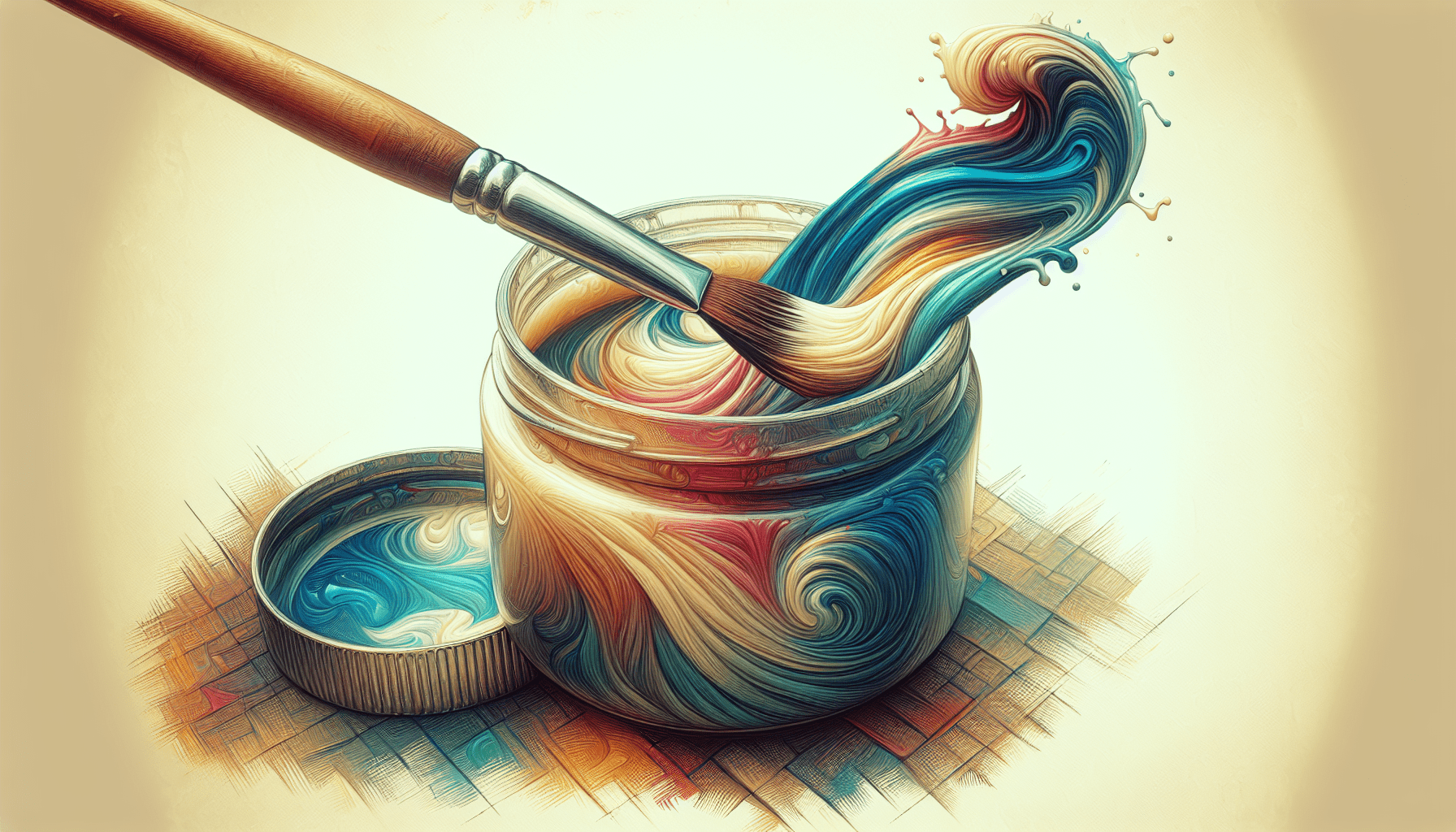In the world of art, the use of different mediums can create a variety of stunning effects. When it comes to painting on glass, the question arises – can you use tempera paint? While tempera paint is traditionally used on surfaces like wood, paper, or canvas, some artists have successfully utilized it on glass as well. This article will explore the possibilities and techniques of using tempera paint on glass, providing insights and tips for achieving beautiful and unique creations. Can You Use Tempera Paint on Glass
Introduction
Have you ever wondered if you can use tempera paint on glass? Tempera paint is known for its vibrant colors and easy washability, but does it work on glass surfaces? In this article, we will explore the possibilities and limitations of using tempera paint on glass to help you achieve your artistic vision.
Exploring the Possibilities
Using tempera paint on glass can open up a whole new world of creative possibilities. Whether you are looking to create stained glass-like effects, decorative glassware, or even window art, tempera paint can be a versatile medium to work with. Its quick-drying properties and opaque finish make it a popular choice for many artists and crafters.
Understanding the Limitations
However, it is important to note that tempera paint may not adhere well to glass surfaces on its own. Glass is a non-porous material, which means that paint may not stick to it as easily as it does to other surfaces. Without the right preparation and techniques, your paint may peel or chip off the glass, ruining your artwork.
Preparing the Glass Surface
Before you can start painting on glass with tempera paint, you will need to prepare the surface to ensure proper adhesion. Here are some steps to follow:
Clean the Glass
Begin by thoroughly cleaning the glass surface with a mild detergent to remove any dirt, dust, or oils. Wipe the glass dry with a lint-free cloth to ensure a clean painting surface.
Prime the Glass
To help the tempera paint adhere better to the glass, consider priming the surface with a glass primer or a clear acrylic medium. Apply a thin, even coat of primer to the glass and allow it to dry completely before painting.
Sand the Surface (Optional)
If you are working with a smooth glass surface, you may want to lightly sand it with fine-grit sandpaper to create a rougher texture. This will help the paint grip onto the glass more effectively.

Choosing the Right Paint
When it comes to selecting the right tempera paint for glass, not all paint formulas are created equal. Here are some factors to consider:
Water-Based vs. Acrylic Tempera Paint
Water-based tempera paint is the traditional choice for artists, as it is easy to mix, wash, and work with. However, acrylic tempera paint is a newer formulation that offers improved adhesion and durability on glass surfaces. Consider which type of paint will best suit your project needs.
Opaque vs. Transparent Paint
Opaque tempera paint will provide full coverage on glass surfaces, while transparent paint will allow light to shine through, creating a stained glass effect. Choose the opacity that aligns with your artistic vision.
Application Techniques
Now that you have prepared the glass surface and selected your paint, it’s time to start painting. Here are some application techniques to consider:
Brush Application
Using a soft-bristled brush, apply thin, even layers of tempera paint to the glass surface. Work in smooth, controlled strokes to avoid brush marks or streaks. Allow each layer to dry completely before adding additional coats.
Sponge Application
For a textured or blended effect, consider using a sponge to apply tempera paint to the glass. Dab the sponge lightly onto the surface, building up layers of color as desired. Experiment with different sponge sizes and textures for unique effects.
Stencil Application
To create precise shapes and patterns on glass, use stencils with your tempera paint. Place the stencil securely on the glass surface and fill in the design with a brush or sponge. Carefully remove the stencil to reveal your painted image.

Curing and Sealing the Paint
After you have finished painting on glass with tempera paint, it is important to let the paint cure and seal it to protect your artwork. Follow these steps:
Curing the Paint
Allow the tempera paint to air dry fully for at least 24 hours before handling the glass. To speed up the curing process, you can gently heat-set the paint with a hairdryer or place the glass in a low-temperature oven for a few minutes.
Sealing the Paint
To seal and protect your painted glass artwork, consider using a clear acrylic sealer or varnish. Apply a thin, even coat of sealer over the painted surface and let it dry completely according to the manufacturer’s instructions.
Maintenance and Care Tips
To ensure the longevity of your painted glass artwork, follow these maintenance and care tips:
Hand Wash Only
Avoid placing painted glass items in the dishwasher, as the heat and harsh detergents can damage the paint. Instead, gently hand wash the glass with a mild soap and water, being careful not to scrub too harshly.
Avoid Direct Sunlight
To prevent fading or discoloration of the paint, avoid placing painted glass items in direct sunlight for prolonged periods. UV rays can break down the pigments in the paint and cause it to lose its vibrancy over time.
Handle with Care
When handling painted glass items, be gentle to avoid chipping or scratching the paint. Store glassware in a safe place where it will not be bumped or knocked over to preserve the artwork.
Final Thoughts
In conclusion, using tempera paint on glass can be a rewarding and creative experience when done correctly. By following the proper preparation, application, and maintenance techniques outlined in this article, you can achieve stunning results on glass surfaces. Experiment with different colors, textures, and techniques to bring your artistic vision to life with tempera paint on glass.


